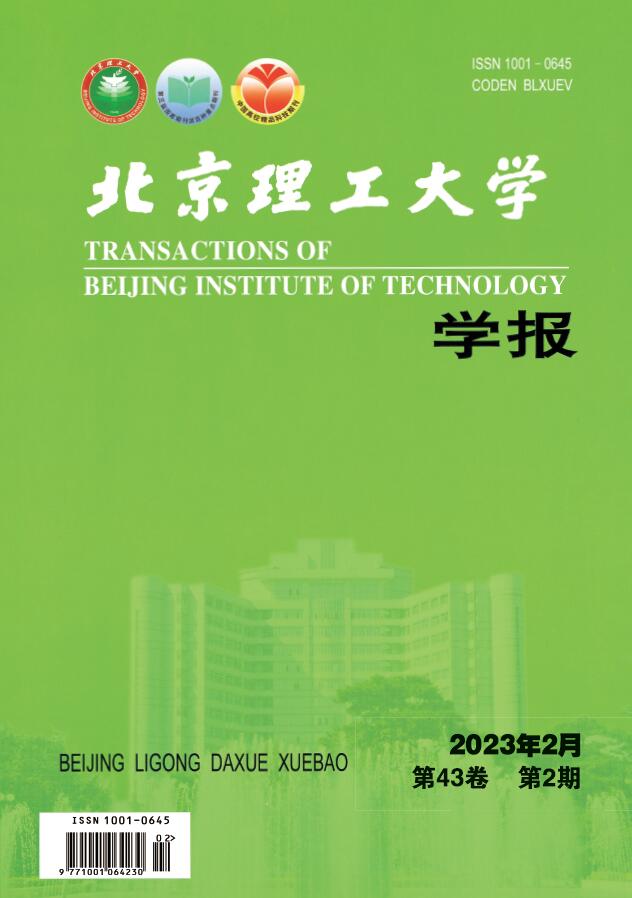2022 Vol. 42, No. 5
Display Method:
Investigation on Deformation Field Measurement of Nuclear Graphite Considering Mechanics Constraints
2022, 42(5): 447-452.
doi:10.15918/j.tbit1001-0645.2021.050
Abstract:
2022, 42(5): 453-462.
doi:10.15918/j.tbit1001-0645.2021.108
Abstract:
2022, 42(5): 463-470.
doi:10.15918/j.tbit1001-0645.2021.104
Abstract:
2022, 42(5): 471-478.
doi:10.15918/j.tbit1001-0645.2021.147
Abstract:
2022, 42(5): 479-484.
doi:10.15918/j.tbit1001-0645.2021.145
Abstract:
2022, 42(5): 485-492.
doi:10.15918/j.tbit1001-0645.2021.133
Abstract:
2022, 42(5): 493-501.
doi:10.15918/j.tbit1001-0645.2021.082
Abstract:
2022, 42(5): 502-510.
doi:10.15918/j.tbit1001-0645.2021.093
Abstract:
2022, 42(5): 511-522.
doi:10.15918/j.tbit1001-0645.2021.028
Abstract:
2022, 42(5): 523-529.
doi:10.15918/j.tbit1001-0645.2021.089
Abstract:
2022, 42(5): 530-535.
doi:10.15918/j.tbit1001-0645.2021.058
Abstract:
2022, 42(5): 536-542.
doi:10.15918/j.tbit1001-0645.2021.337
Abstract:
2022, 42(5): 543-550.
doi:10.15918/j.tbit1001-0645.2021.308
Abstract:
2022, 42(5): 551-556.
doi:10.15918/j.tbit1001-0645.2021.141
Abstract:


